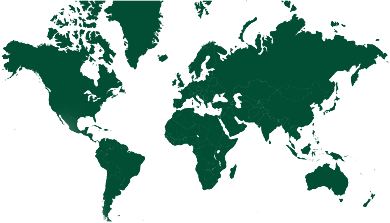2006 • World Health Organization (WHO) WHO guidelines on the safe use of wastewater, excreta, and greywater - Volume 2: Wastewater use in agriculture
This volume provides comprehensive guidelines for safely using wastewater in agriculture. It focuses on health risk management and sustainability, presenting measures to minimize public health risks while promoting the reuse of wastewater to enhance food production. It is designed for policymakers, engineers, researchers, and agricultural practitioners. The guidelines incorporate risk assessment frameworks, pathogen reduction strategies, and implementation of health-based targets, supporting the sustainable integration of wastewater reuse in agricultural systems globally.
Recovered Materials & Products
Nutrients
Fertilizer
Water reuse
Waste Streams
Wastewater
Confirmed countries
Germany


What is this tool intended for?
The guidelines apply a risk-based approach, including the Stockholm Framework, to establish health-based targets. They outline pathogen reduction strategies through wastewater treatment, controlled irrigation techniques, and food hygiene practices. The document also provides a decision-making framework for policy and infrastructure development, ensuring safe wastewater reuse.
Who might use this tool and with which types of stakeholders?
- Policymakers: For establishing wastewater reuse standards and regulations.
- Sanitation and Agricultural Engineers: For designing and implementing treatment systems.
- Farmers and Agricultural Practitioners: For applying safe irrigation practices.
- Public Health Officials: For monitoring and managing health risks associated with wastewater reuse.
What stages of a process can this tool support?
- Policy Formulation: Development of legal and regulatory frameworks.
- Implementation: Design and operation of wastewater treatment and reuse systems.
- Monitoring and Evaluation: Assessing compliance with health-based targets and system performance.
Where can this tool be used?
The guidelines are globally applicable, with relevance in regions facing water scarcity or nutrient deficiencies, particularly in peri-urban and rural agricultural zones.
Get the Tool
https://www.who.int/publications/i/item/9241546832
Learn more
French version of the guideline
https://iris.who.int/bitstream/handle/10665/78280/9789242546835_fre.pdf?sequence=3&isAllowed=y
Technologies
Themes
Monitoring, Evaluation and Learning
Policy and regulation